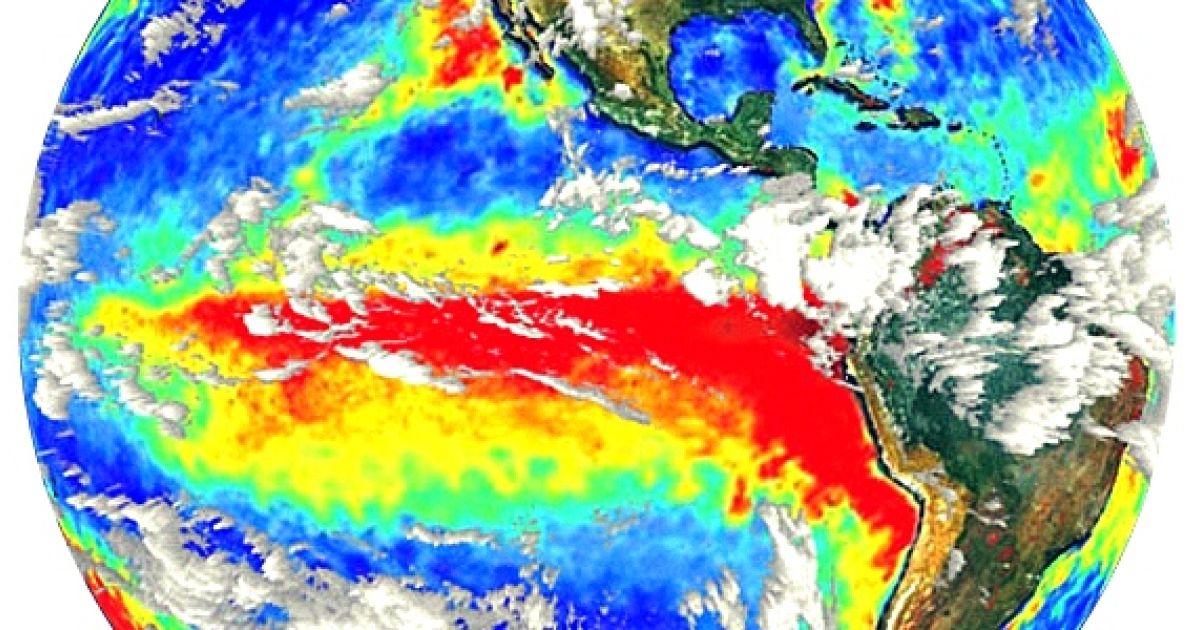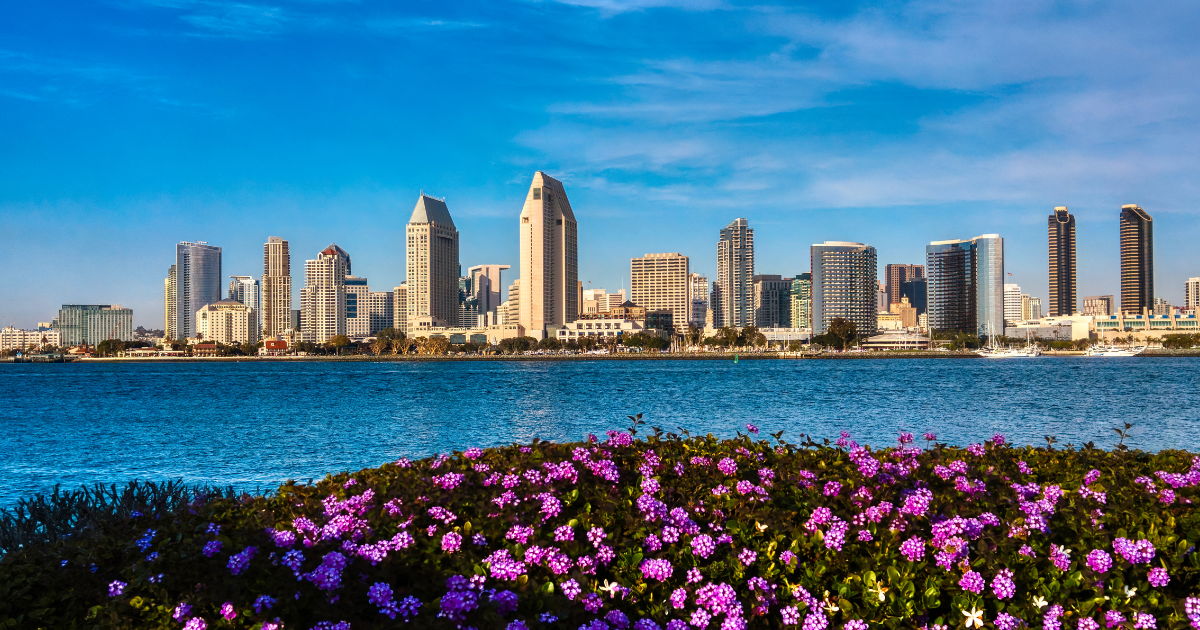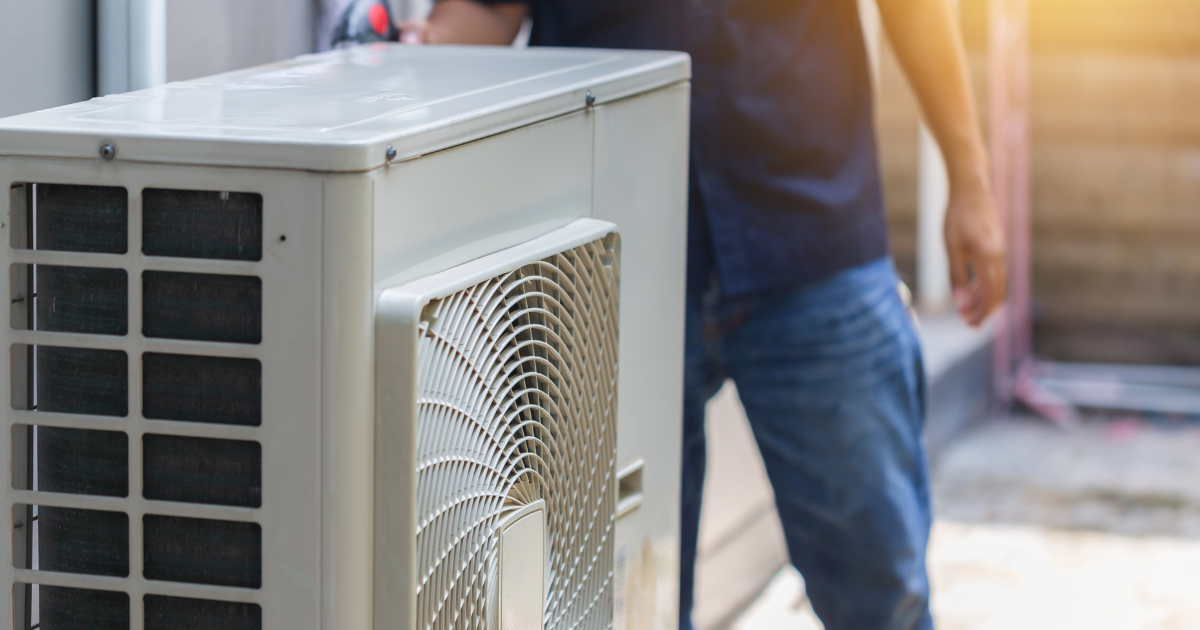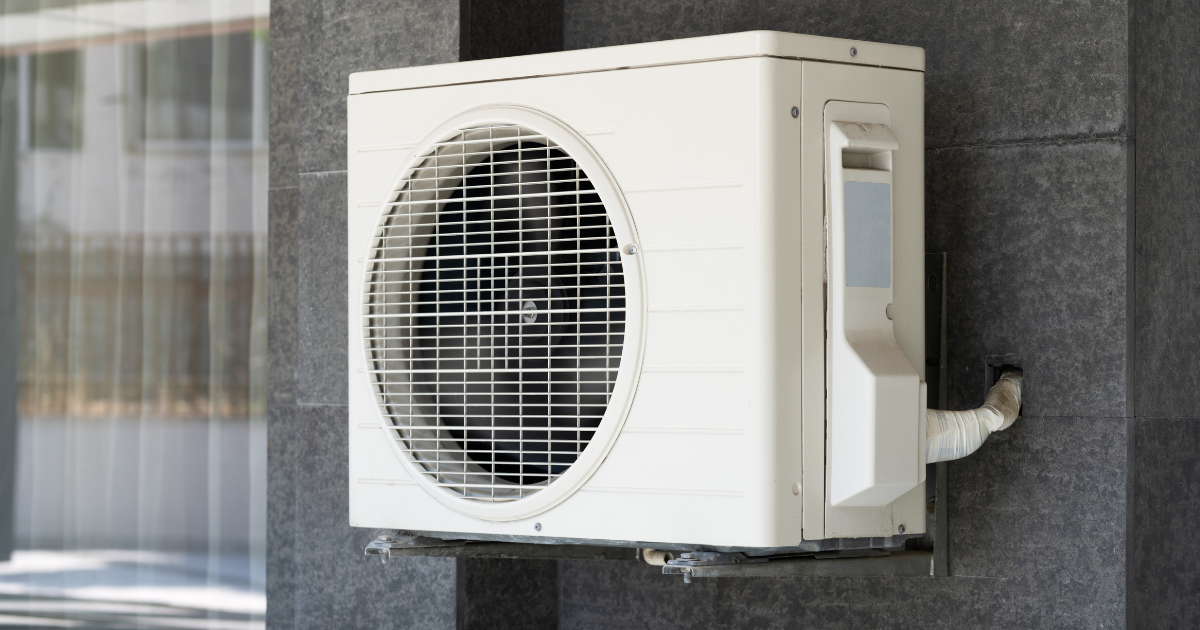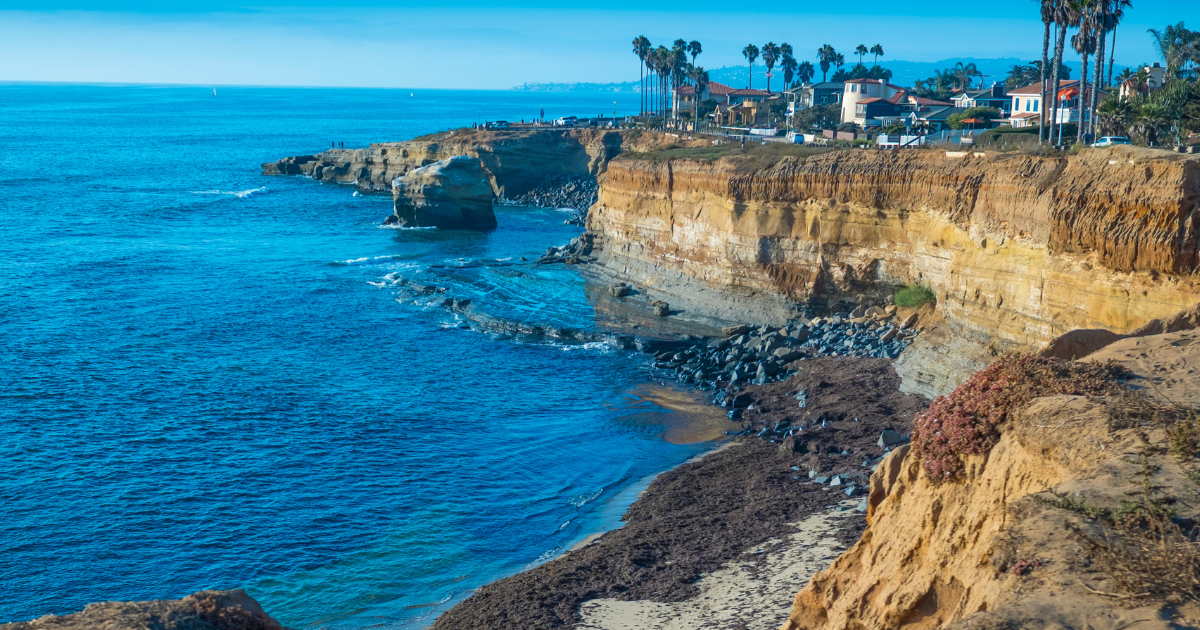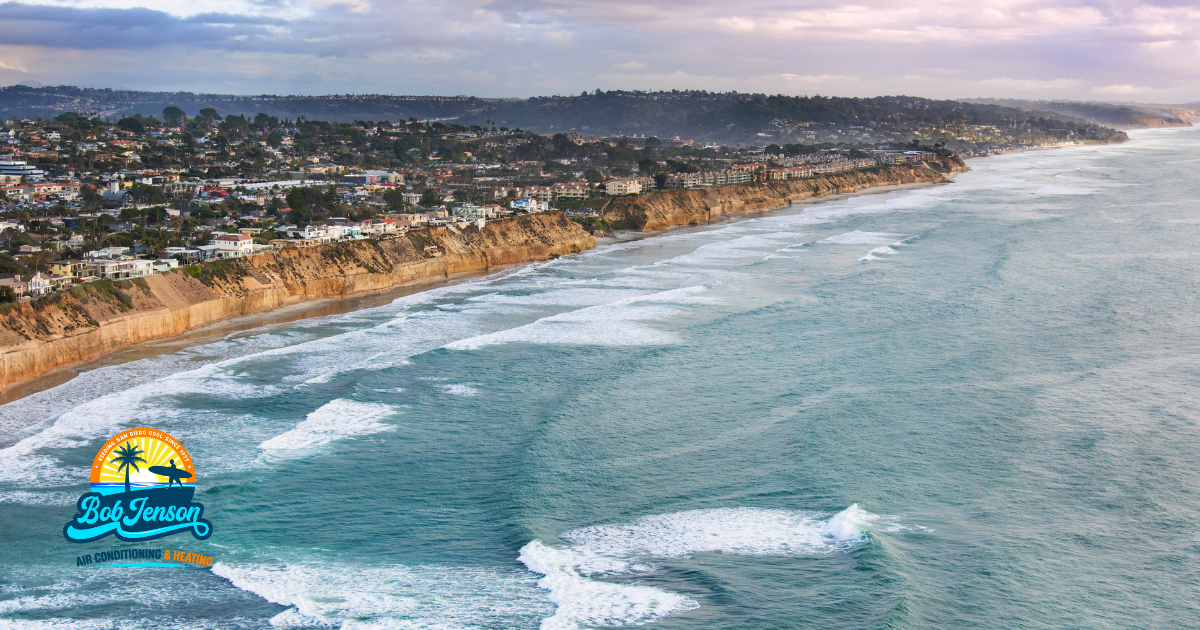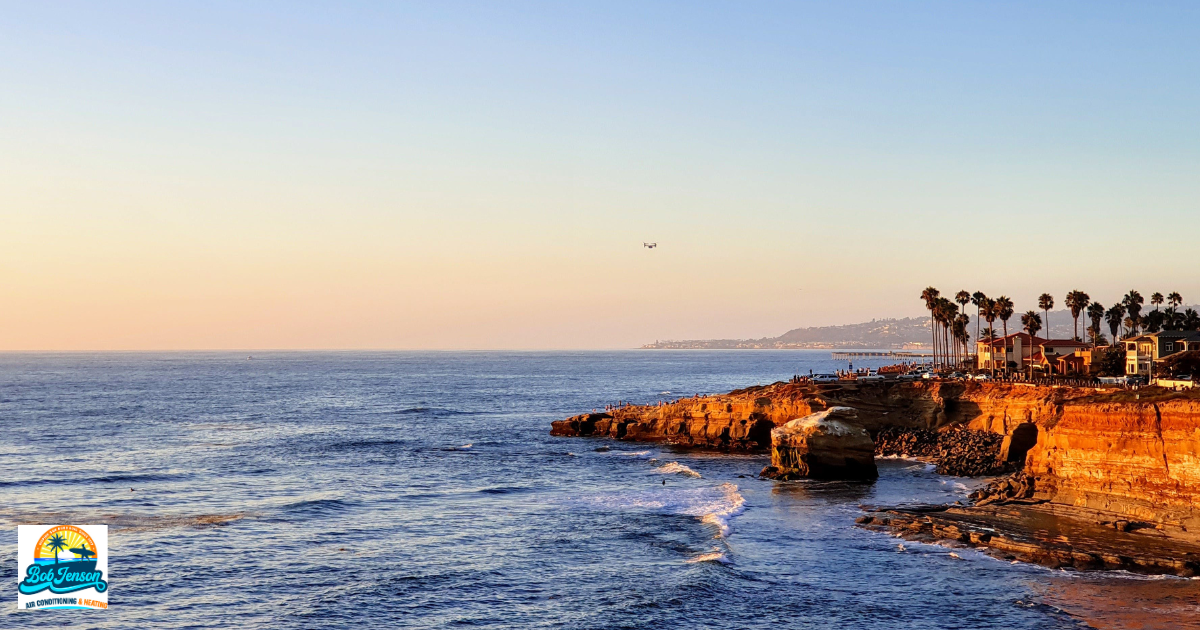El Niño’s Impact on Temperatures for Summer
As the National Oceanic and Atmospheric Administration (NOAA) defines it, the El Niño-Southern Oscillation (ENSO) cycle “is a scientific term that describes the fluctuations in temperature between the ocean and atmosphere in the east-central Equatorial Pacific.” There are two phases to ENSO: El Niño and La Niña.
La Niña refers to the cold phase of ENSO while El Niño is the warm phase. El Niño is marked by warmer-than-average sea temperatures in the Pacific Ocean near the equator. The phenomenon often causes warmer temperatures over central and western Canada along with areas of the western and northern United States. Depending on its severity, El Niño can also lead to more rainfall in areas like California and the Gulf region while dryer conditions occur in the Ohio Valley and the Pacific Northwest.
In March of 2015, the NOAA announced that El Niño had arrived. With a good chance that El Niño will continue throughout the summer, this means that North American residents should prepare for less-than-typical weather patterns in their region. Check out what this year’s El Niño is likely to bring in summer 2015.
Warm but Dry Conditions in California
In January, the governor of California declared a drought State of Emergency. But as Climate.gov points out, “only about 3 of the past 10 El Niño years exhibited above-average rainfall in California during March-April-May.” Unfortunately for California residents, El Niño hit later in the year and at a milder level than anticipated, so it’s unlikely that heavy rainfall will provide any drought relief for Californians.
Potentially the Hottest Year
Time.com reports that 2014 was the hottest year on record. While scientists can’t be certain, it’s speculated that rising global temperatures combined with the El Niño pattern could put 2015 in the lead. This is a real possibility since last year, there was no El Niño. However, El Niño years tend to be hotter on average than non-El Niño years. Put continuously rising temperatures together with a mild El Niño, and we may just see the hottest year on record.
Vox.com explains why this might be the case. Thanks to the release of greenhouse gasses, we’re trapping heat on Earth’s surface. Approximately 90 percent of that gets absorbed by the oceans. During times of La Niña, the heat is trapped below the ocean’s surface. In El Niño events, that heat is transferred to Earth’s surface, where we begin noticing the effects in precipitation and temperature changes.
Typically, temperatures peak about three months after an El Niño event, but everything considered, 2015 may pose some of the hottest temperatures on record.
How to Beat the Heat
If El Niño does bring a warmer-than-average summer this year, you’ll want to prepare for the heat, which can lead to dehydration, heat exhaustion, heat stroke, and heat cramps among other complications. Get yourself ready for the summer with the following tips.
Prepare Your HVAC System
Before the heat hits, you’ll want to ensure your HVAC system is ready. Start by making sure your system is in working order by switching it on. The last thing you want is to turn it on during a hot day only to find out it doesn’t work. Chances are when you call for maintenance, half the people on your block will be having the same problem and you could be left to face the heat. Instead, be sure it’s working now so that if there is a problem, you can get someone in there quickly to fix it.
Even if everything seems to be working fine, be sure to check on parts like your air filter. A properly cleaned filter will help your air conditioner run more efficiently, which helps reduce costs and energy. You’ll also want to check your condenser unit and remove any debris that has accumulated over the winter. Remove the panels if necessary, and use a vacuum cleaner to clear away debris.
If anything needs repairs, be sure to call a professional instead of trying to tackle the situation on your own.
Ensure Proper Hydration
Hot days, especially when combined with exercise, can pose many health risks. Each year, almost 100,000 high school athletes alone experience heat-related complications. These heat-related illnesses can often be attributed to dehydration. During a hotter summer when you’re sweating more than normal, it’s crucial that you keep hydrated.
Knowing that this summer will be a hot one allows you to prepare for high temperatures like this. A few things you can do to keep yourself and your children hydrated this summer:
- Purchase a reusable water bottle. Keep this water bottle full and with you while you run your errands or attend events. The last thing you want is to be outside in the heat and unsure of where to find a drinking fountain or water vendor
- Avoid alcoholic and caffeinated beverages. Both alcohol and caffeine are diuretics, which means that they cause an increased passage of urine. While a drink might hydrate you for the time being, too much alcohol or caffeine in your body means you’ll pee more than normal, reducing your body’s water levels. Opt for straight water or sports drinks to preserve water levels
- Eat fruits and veggies for snacks. Fruits and veggies like watermelon, grapefruit, and strawberries are high in water, so they can help keep you hydrated even if when you’re not drinking plain water
Keep Your Electronics Off When Not in Use
You already know to keep lights and appliances off when not in use in order to save energy, but you’ll also be keeping your house cool since any energy you’re using is also producing heat. Furthermore, think ahead for what you’ll prepare for dinner. Plan for meals where you don’t have to use the oven or stove, which will only heat the house. Alternatives include salads—including fruit salads and other tasty combinations—sandwiches, and raw fruits and veggies.
While scientists can’t be certain about what summer 2015 will bring, there’s a good chance that the Northern Hemisphere will see high temperatures. How will you prepare for what’s likely to be one of the hottest summers on record?
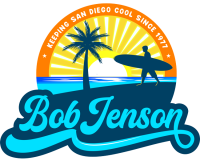
Bob Jenson
For over 45 years, Bob Jenson has been providing quality heating and air services to the San Diego community.
Request Service
Please fill out the form below to request an estimate or schedule service.
"*" indicates required fields
